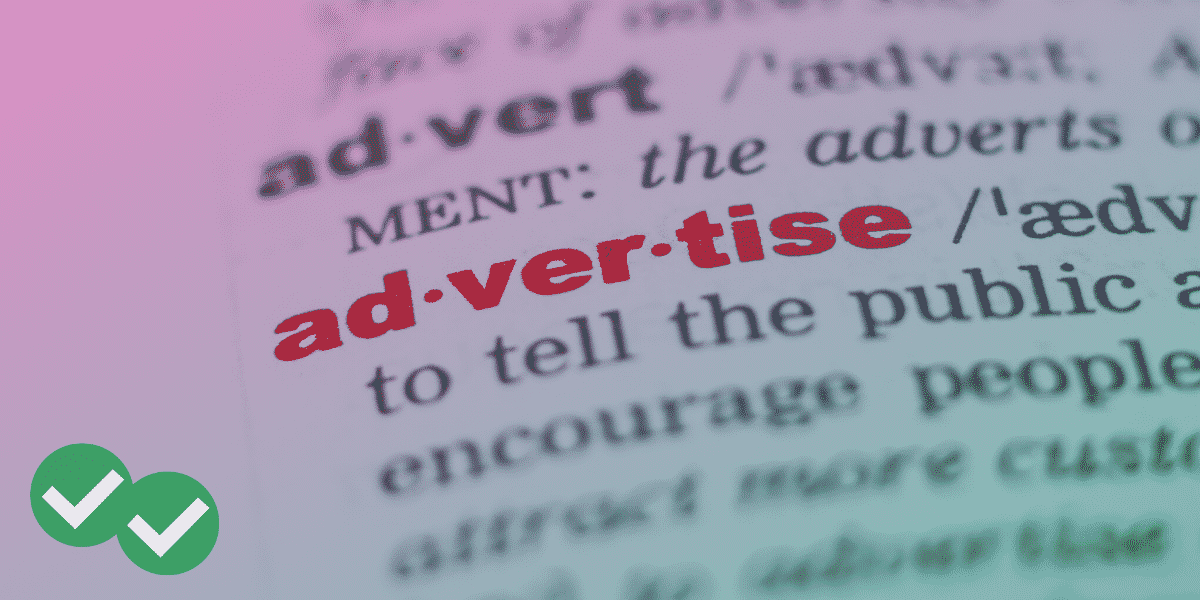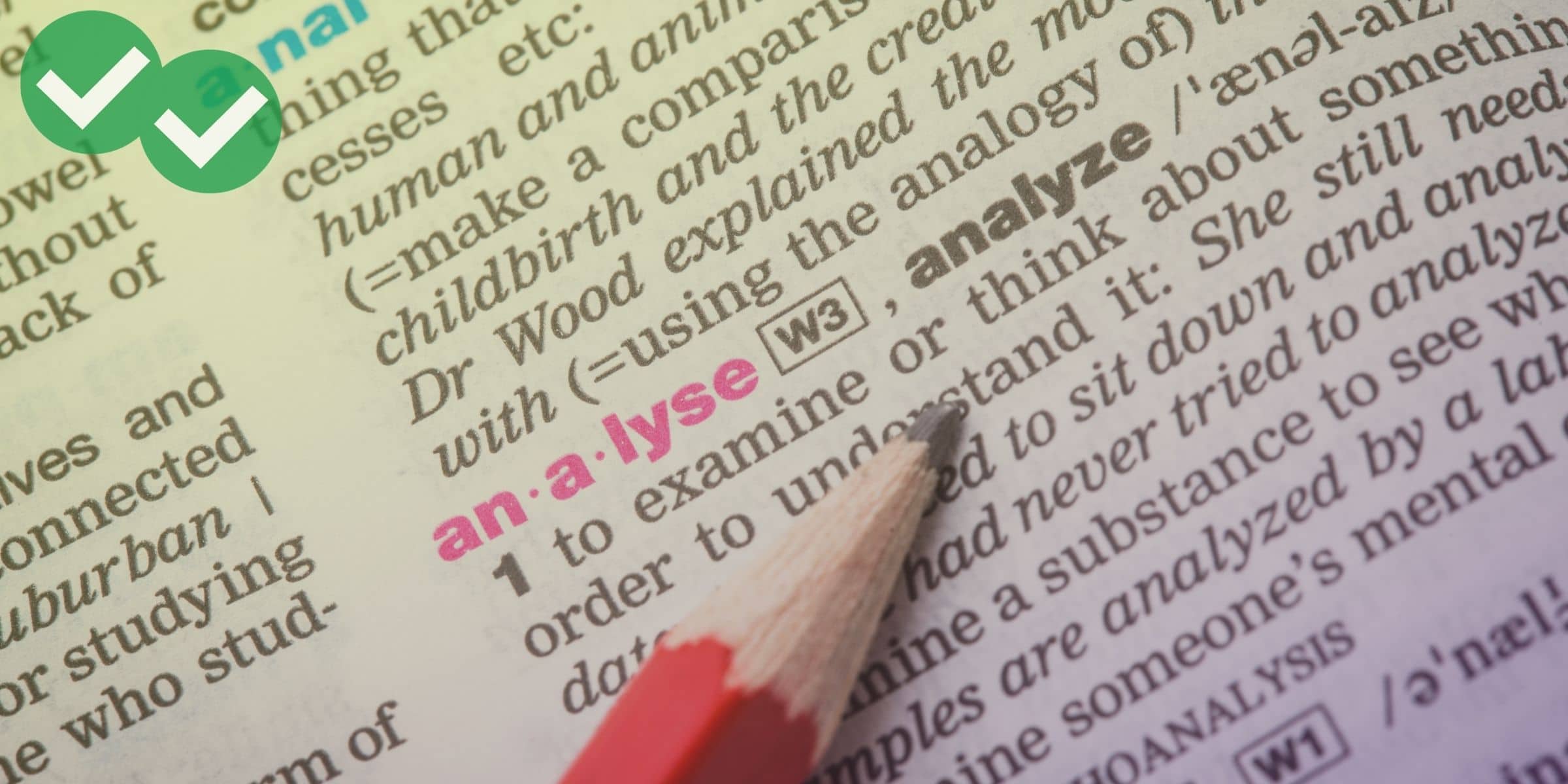As I’ve mentioned before, idioms are fun. And they can be learned in groups. Often a certain word or phrase will appear in a few different idioms with related meanings. Today we’re going to look at idioms with the word “line” in them.
A fine line
“A fine line” is used to refer to the difference between two things that can be quite similar. In this idiom, the word “fine” has a sense of “very thin,” and “line” is used to mean “boundary.” This idiom describes an unclear boundary between two very similar things.
For example, you could say “there’s a fine line between criticizing someone and insulting them.” If you say this, you are suggesting that the boundary/difference between criticizing someone or being mean to them is very small. In this way, you are warning someone that it’s hard to tell the difference between criticism and insults. “A fine” line in this context suggests that someone who is very critical of a person may accidentally insult them rather than just offering a critique.
Draw a line in the sand
This idiom also treats the word “line” as a simile for “boundary.” However, in this case, the idiom describes a boundary that can be seen very easily and absolutely should not be crossed. To “draw a line in the sand” means to clearly tell a person or group that they should not do something. This is often used in politics and war. A nation may “draw a line in the sand” by telling another country that they cannot occupy a disputed territory, or that they must agree to certain trade or diplomatic arrangements.
The party line
This idiom is interesting. “Line” is being used to mean “boundary” in one sense, and it’s also being used to mean “speech” or “a set of words.”
“The party line” is an organization’s official stated rules or beliefs. For instance, at a new job, someone might tell you “Officially, we only get a 30 minute lunch break, but that’s just the party line. On a slow day, you can take more time at lunch.” So “party line” refers both to the boundaries of a rul, and to the formal language or ideas behind the rule.
Throw someone a line
This is an especially fun “line” idiom, because it has two completely different meanings that rely on separate definitions of the word “line.” “Line” can refer to a piece of rope or string. In this sense, “throw someone a line” means to give someone something that helps them out of a bad situation. When used completely literally, it describes throwing a line of rope to someone who is drowning in deep water or is trapped in a deep pit.
However, “throwing someone a line” is usually just a figure of speech that describes the act of sending help to someone. In common everyday situations, you might say something like “I’m really busy, but my son is home sick. Could you throw me a line and babysit for me while I work?” In this case, asking someone to throw you a line is asking them to provide help in a difficult situation.
In its second meaning, “to throw someone a line” is to tell them something ridiculous or untrue. Suppose you don’t want to meet with someone, but you need a polite excuse not to meet. It could be said that you threw them a line about not being able to meet, when you really just didn’t want to go. You might throw them a line about being sick, or being busy, and so on.






Leave a Reply